
Grass Valley, California is on the outer rim of our region, but the gardening columns Carolyn Singer has written for her local paper are worth knowing about, especially for gardeners in the foothills of the Cascades. “The Seasoned Gardener” is a compilation of those columns and gives advice for areas with lots of rain and a wider temperature range than for those of us close to the Sound.
She is also very experienced with the ravages of deer, and throughout gives ways to manage Bambi. A couple of older titles by Singer, recently acquired by the Miller Library, address this concern more directly. “Deer in My Garden” (2006 – with much of the writing done while the author spent the summer of 2005 in Seattle) led to “Deer in My Garden: Volume 2” (2008), the first with an emphasis on perennials and subshrubs, while the latter considers groundcovers and edgers.
Both are part of “The Yucky Flower Series,” honoring the advice of her then 3-year-old grandson: “The deer wouldn’t eat yucky flowers!” So that is what she planted and her deer-resistant recommendations are based on her own experience, or those of gardeners who grew trial plants for her, knowing that in the interest of science (or cervid consumer selection), the trial plants might disappear.
While yucky to deer, the selected plants are all quite lovely to gardeners and would make many other recommended plant lists. Most are drought tolerant and adapted to a wide temperature range. Best of all, the author enthusiastically rates the maintenance requirements of most as “EASY!” to “VERY, VERY EASY!” Deer or no deer, these are great garden plants.
Excerpted from the Spring 2015 Arboretum Bulletin.


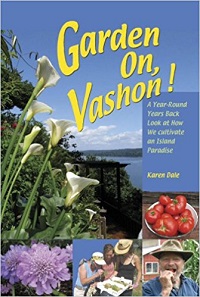
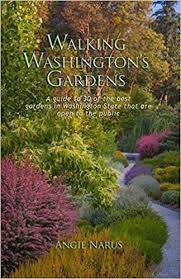
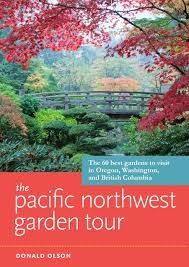
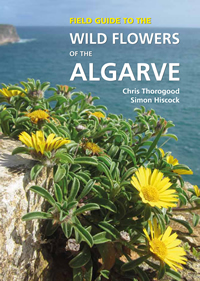 “Field Guide to the Wild Flowers of the Algarve” introduces the rich Mediterranean flora of the southernmost province of Portugal. Several indigenous plants have become mainstays of western horticulture, including species of Cistus, Quercus, Euphorbia, and Narcissus. This is also a major tourist destination – a chance to combine fun in the sun with serious botanizing!
“Field Guide to the Wild Flowers of the Algarve” introduces the rich Mediterranean flora of the southernmost province of Portugal. Several indigenous plants have become mainstays of western horticulture, including species of Cistus, Quercus, Euphorbia, and Narcissus. This is also a major tourist destination – a chance to combine fun in the sun with serious botanizing! Grass Valley, California is on the outer rim of our region, but the resident gardening columnist Carolyn Singer is worth knowing about, especially for gardeners in the foothills of the Cascades. She is very experienced with the ravages of deer, and address this concern in two books. “Deer in My Garden” (2006), was largely written while the author spent the summer of 2005 in Seattle and focuses on perennials and subshrubs. “Deer in My Garden: Volume 2” (2008) considers the impact on groundcovers and garden edge plants.
Grass Valley, California is on the outer rim of our region, but the resident gardening columnist Carolyn Singer is worth knowing about, especially for gardeners in the foothills of the Cascades. She is very experienced with the ravages of deer, and address this concern in two books. “Deer in My Garden” (2006), was largely written while the author spent the summer of 2005 in Seattle and focuses on perennials and subshrubs. “Deer in My Garden: Volume 2” (2008) considers the impact on groundcovers and garden edge plants.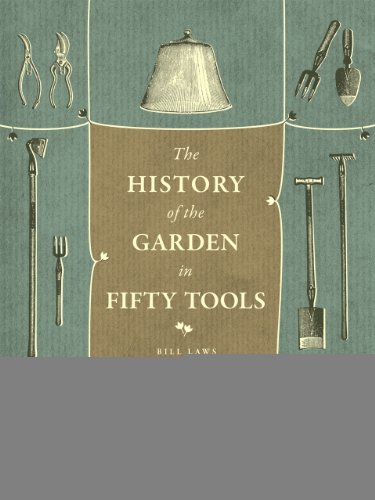 Remember those tools you tossed into the shed after planting the last tulip bulb? They may need your attention now – otherwise come spring you’ll have a pile of dirt-caked trowels and rusty pruners. No fun.
Remember those tools you tossed into the shed after planting the last tulip bulb? They may need your attention now – otherwise come spring you’ll have a pile of dirt-caked trowels and rusty pruners. No fun.